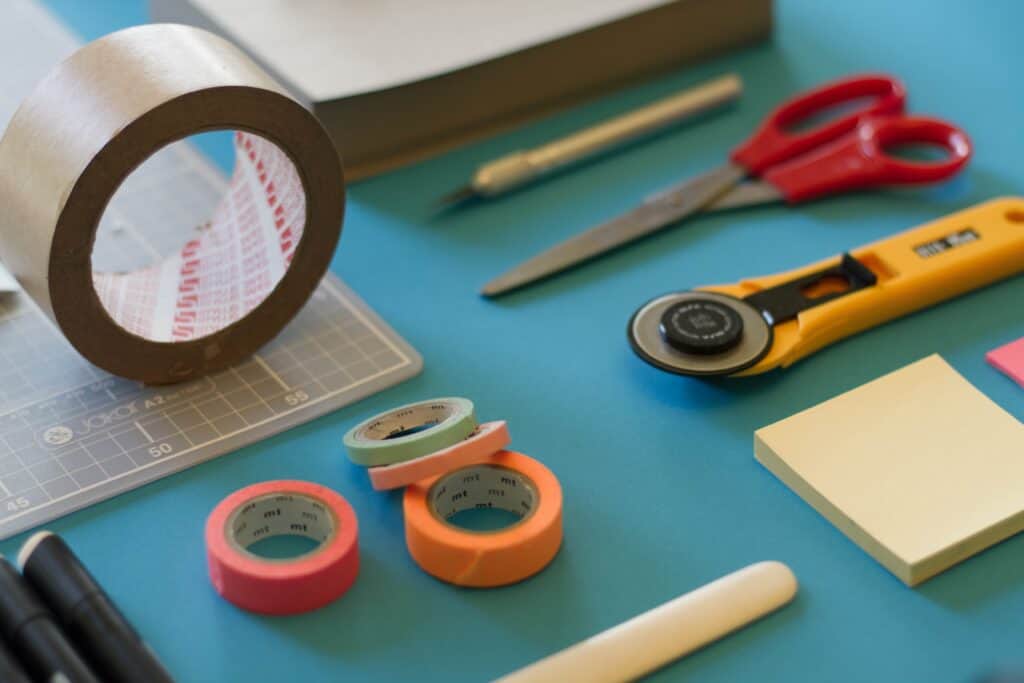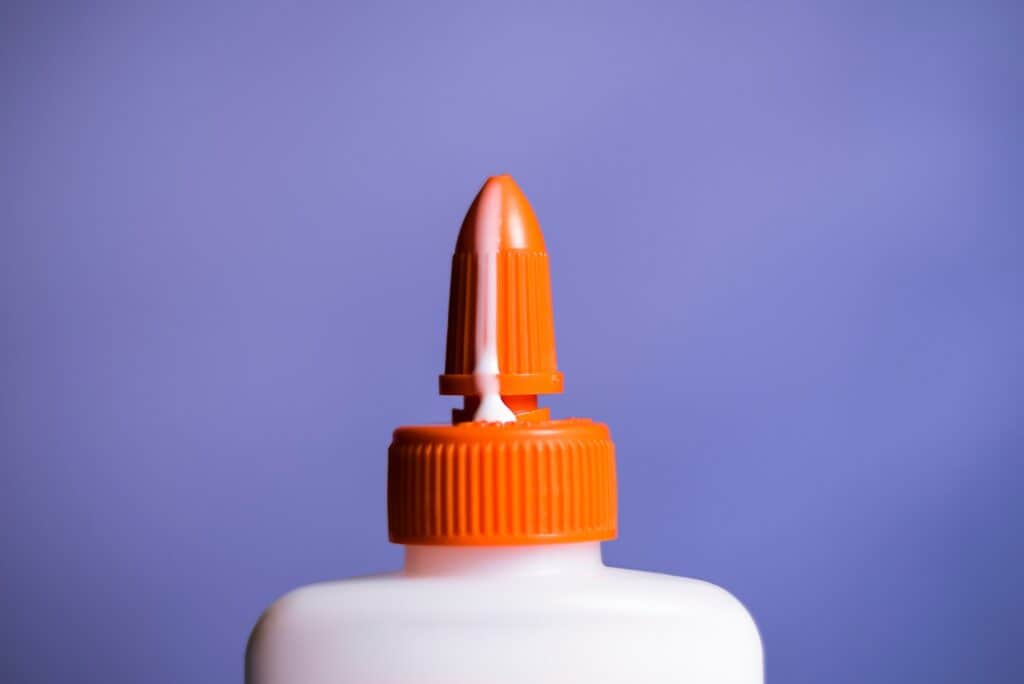When you own a home, it seems that there is a never-ending list of chores and repairs you have to do. There are recurring tasks such as mowing the lawn and raking up the fall leaves. During winter, you’ll have to shovel the snow and keep your sidewalk salted and free from ice. Come March, there’ll be spring cleaning to do as you go through closets and garage boxes and get everything organized.

Repairs and preventive maintenance can take up a lot of your time too. A broken item that needs to be fixed, making sure the kitchen tile grout is as good as new and many other tasks await. You’ll probably also have to do some work on your plumbing systems to make sure everything is in tip-top shape. With everything you have to do, it sometimes seems there are not enough hours in the day. Fortunately, by choosing the right products and supplies for the job, you can take care of everything quickly and easily.
Repair Metal Without Welding
There are many different types of adhesives that are designed for working with and bonding specific materials. For instance, one of the most useful glues you can use for advanced home repair is a metal epoxy. Epoxy is a two part formula, consisting of the epoxy resin and a hardener to set the glue. With this powerful product you can repair a leaking pipe and patch a damaged metal object.
Prior to applying the glue you should prepare the area by roughing up the metal with sandpaper. You’ll then need to make sure the surface is free from dust, grease or dirt. From there, you mix equal parts resin and hardener in a disposable item and after a couple of minutes of stirring they will be fully blended and ready to use. Check the package for the drying time and do not use the item until the epoxy mixture has cured.

Fix Loose Bathroom Tiles
With adhesives some products do a good job for those general things that need to be fixed around the house. For specialized projects, though, you’ll need to make sure to select the right product for the job. If you are repairing loose tiles in the shower or next to the bathroom sink you’ll want to select a flexible tile adhesive that is waterproof and is specifically designed to be mildew and mould resistant.
As with any gluing project, you’ll want to thoroughly prepare the area and make sure it is free of old adhesive, caulk and grout. You can then take a clean cloth and dry the area so there is no moisture present. After applying the tile adhesive, insert the tile and set it firmly into the mixture. You then let the tiles dry for about a day before applying the new grout.
Reattach a Broken Towel Rail
We’ve all had problems with a towel rail coming down from the wall because they weren’t fastened correctly or the weight of the wet towels was too much. Fortunately, there’s a way to make sure that this problem does not re-occur. With a No More Nails glue product you can securely attach your towel rail and soon have your towels drying safely again.
First you’ll need to patch the screw holes that were in the wall from before and paint the area after you’ve patched. Then measure the appropriate distance for attaching the rail and set the height at about 48 inches above the floor. Apply a good amount of glue to the mounting points of the rail and press it firmly against the surface of the wall. Make sure you let it cure for the recommended amount of time.
If you would like to keep up with your chores and maintenance projects, it’s really helpful to choose the perfect product for each job. By picking the right adhesive, you can take care of the task quickly and easily and have great results that will last for years to come.
